Exploring Intermittent Fasting: Embracing the Fasting Revolution
Intermittent Fasting (IF) has emerged as a powerful lifestyle choice, renowned not only for weight management but also for enhancing longevity, metabolic well-being, and cognitive health (1). However, for fitness enthusiasts and bodybuilders, a fundamental question persists: Can we safeguard our hard-earned muscles during fasting periods, or is muscle loss inevitable?
Unraveling the Fasting Process
Understanding the Metabolic Transformation: When we embark on a fasting journey, our body undergoes a significant metabolic shift. After depleting its glycogen stores, the body pivots to stored fat as its primary energy source, resulting in the production of ketones—an alternative fuel for the brain (2).
Hormonal Orchestra: Fasting orchestrates a symphony of hormonal changes. Notably, it triggers a surge in human growth hormone (HGH) production, a key player in muscle growth and metabolism (3). Additionally, fasting elevates norepinephrine levels, further facilitating fat breakdown.
Intermittent Fasting’s Muscle-Saving Grace
Unveiling HGH’s Role: As mentioned earlier, fasting sparks an upswing in HGH levels. This hormone not only drives fat metabolism but also boasts anabolic properties that may counteract muscle protein breakdown (3).
Preserving Protein: Contrary to common belief, short-term fasting might not entail significant muscle loss. With the body prioritizing fat stores for energy, especially when the hormonal landscape promotes fat metabolism, muscle preservation remains a potential outcome (4).
Autophagy – Cellular Rejuvenation: Intermittent fasting also triggers autophagy, a cellular cleanup process that removes damaged components. This not only contributes to cellular health but may also benefit muscle function and longevity (5).
The Synergy of Fasting and Resistance Training
A major concern regarding intermittent fasting is the potential impact on muscle mass. Thankfully, incorporating resistance training acts as a safeguard against this concern. Engaging in strength-focused exercises, such as weightlifting, resistance band workouts, or body-weight routines, significantly aids muscle preservation.
During fasting, the body is inherently energy-efficient. However, the introduction of resistance training sends a powerful signal that your muscles are vital and should be conserved. Thus, even in a fasting state, the body becomes more inclined to utilize stored fat for energy rather than breaking down muscle tissue. Research highlights that combining resistance training with intermittent fasting can not only maintain muscle mass but also boost muscle strength and growth (6).
Furthermore, the post-workout period offers an ideal window for nutrient absorption, synergizing with your eating schedule for optimal results.
Strategic Nutrition During Eating Windows
While fasting periods are undeniably essential in intermittent fasting, the nutrition you provide your body during eating windows is equally pivotal. The quality of nourishment ensures that you reap the benefits of fasting while mitigating potential downsides.
First and foremost, prioritize protein intake. Protein supplies the essential amino acids crucial for muscle repair and growth. Especially during intermittent fasting, ensure you consume sufficient protein to support recovery and muscle maintenance. Excellent sources include lean meats, fish, eggs, dairy, legumes, and plant-based alternatives.
Caloric intake is another crucial aspect. Even if your goal is weight loss, aim for a moderate calorie deficit rather than an overly aggressive one, as this can lead to muscle breakdown. Maintain a balanced intake of all essential macronutrients, including healthy fats and complex carbohydrates.
Lastly, don’t overlook micronutrients’ importance. Vitamins and minerals play a pivotal role in various bodily functions, including those related to muscle function and recovery. Diversify your diet with fruits, vegetables, whole grains, and lean proteins to ensure you cover these essential components.
BCAAs and Fasting: Finding Harmony Branched-chain amino acids (BCAAs), popular among athletes and bodybuilders for their muscle-preserving potential, present an interesting option during fasting. While they may technically break a fast by providing calories, they offer a middle ground for those concerned about muscle loss during extended fasting periods (7).
In Conclusion: The Art of Balance
Intermittent fasting boasts numerous health benefits, but the preservation of muscle mass remains a focal point. With metabolic and hormonal shifts favoring fat metabolism and anabolism, coupled with resistance training and strategic nutrition, muscle maintenance not only becomes possible but highly likely. Always remember to listen to your body and consult with healthcare professionals when adopting new dietary strategies.
Would you like to try Intermitting Fasting? We have 2 FREE resources for you:
Achieve Optimal Health With Fasting – No Calorie Counting: In this step-by-step guide we will give you the knowledge and tools to explore this practice safely.
In addition, you will get the 5-day 16/8 Fasting Challenge to get you kickstarted! This approach is considered safe for beginners. Click the link below to grab your free copies today!
Sources:
- Mattson, M. P., Longo, V. D., & Harvie, M. (2017). Impact of intermittent fasting on health and disease processes. Ageing Research Reviews, 39, 46-58.
- Cahill Jr, G. F. (2006). Fuel metabolism in starvation. Annual Review of Nutrition, 26, 1-22.
- Hartman, M. L., Veldhuis, J. D., Johnson, M. L., Lee, M. M., Alberti, K. G., Samojlik, E., & Thorner, M. O. (1992). Augmented growth hormone (GH) secretory burst frequency and amplitude mediate enhanced GH secretion during a two-day fast in normal men. The Journal of Clinical Endocrinology & Metabolism, 74(4), 757-765.
- Zauner, C., Schneeweiss, B., Kranz, A., Madl, C., Ratheiser, K., Kramer, L., … & Lenz, K. (2000). Resting energy expenditure in short-term starvation is increased as a result of an increase in serum norepinephrine. The American Journal of Clinical Nutrition, 71(6), 1511-1515.
- Alirezaei, M., Kemball, C. C., Flynn, C. T., Wood, M. R., Whitton, J. L., & Kiosses, W. B. (2010). Short-term fasting induces profound neuronal autophagy. Autophagy, 6(6), 702-710.
- Tinsley, G. M., & La Bounty, P. M. (2015). Effects of intermittent fasting on body composition and clinical health markers in humans. Nutrition Reviews, 73(10), 661-674.
- Mero, A. (1999). Leucine supplementation and intensive training. Sports Medicine, 27(6), 347-358.
Check out this one as well: Intermittent Fasting – Debunking Myths


